Crispy Cloud Combini – 1/6 – Background
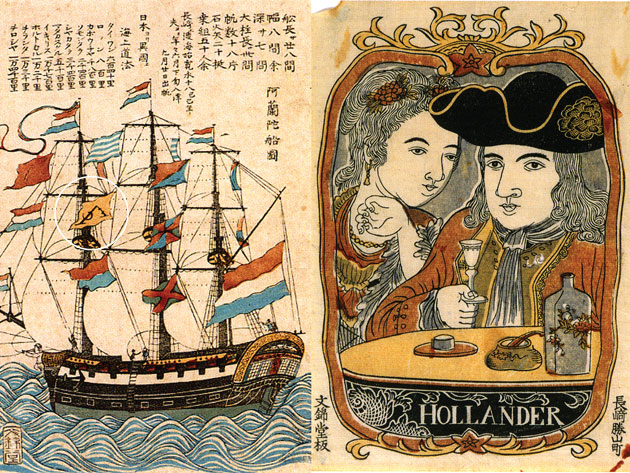
Up to 1883, when the American admiral Perry opened up Japan with his Black Ships, the Dutch were the only Western nation allowed to access Japan for trade.
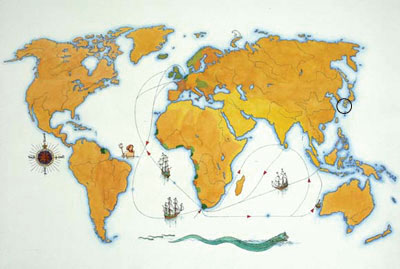
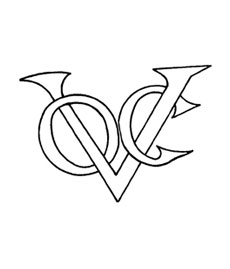
View on Deshima and Nagasaki Bay, from Siebold’s Nippon (left)
The trading was performed by the Dutch East India Company (in Dutch: VOC), the first true multinational corporation in the world. Their monogram can be regarded as the first sucessful corporate logos ever.
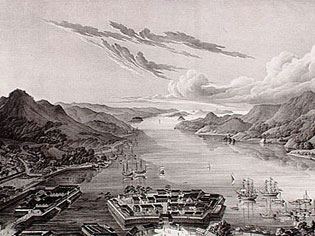
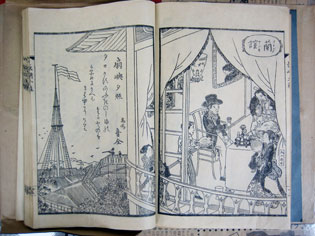
Apart from the annual tribute to the shogun in Edo, the Dutch traders were forced to live and work on Dejima, a small artificial island built in the bay of Nagasaki. Practically imprisoned on their trade post, the Dutch spent much time eating and drinking and other pastimes, waiting for the next ship to arrive.
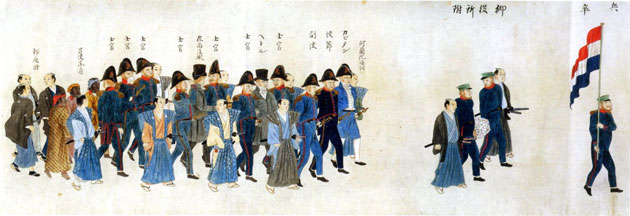
Dutch and Japanese officials taking part in the annual Nagasaki Kunchi Festival.
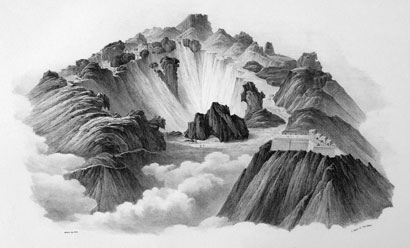
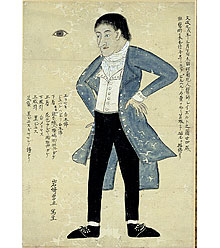
With the disbandment of the VOC 1798, trade at Deshima was much in decline.
In 1823, Philipp Franz Balthasar von Siebold (1796-1866), a German surgeon major in the service of the Dutch East Indies Army, arrived at Deshima.
His job was to collect information on the islands of Japan and its social and political structures and to investigate the possibilities of expanding the existing trade. Foreigners were still not allowed to leave the trade post, but as a doctor Siebold had other opportunities. When Siebold cured a local officer of influence he was allowed to open a small practice outside the trade post and to make house calls on Japanese patients.
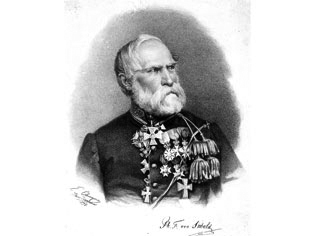
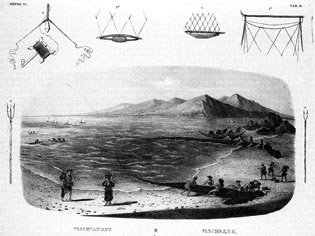
Siebold also won acclaim as a general practitioner and made numerous house calls in a wide area around the trade post. He was not allowed to receive payment for his services so grateful patients gave him objects and artifacts instead. These gifts formed the basis of his ethnographic collection. Following the examples of Jan Cock Blomhoff (1779-1853), commander of Deshima between 1818 and 1823, and of bookkeeper Johannes van Overmeer Fisscher (1800-1848), Siebold collected many everyday household goods, woodblock prints, tools and handcrafted objects. (text: SieboldHuis)
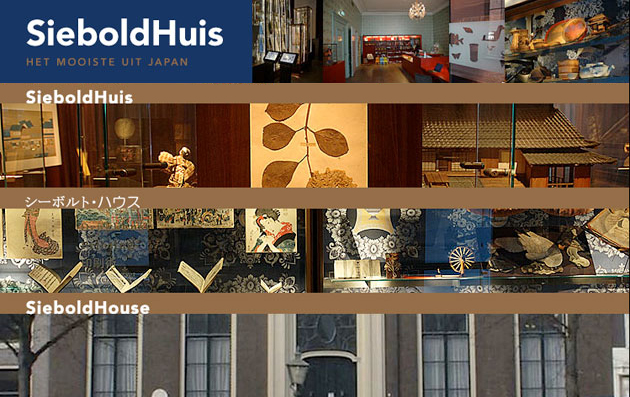
Siebold’s collections formed the foundation of what now is the Museum Volkenkunde in Leiden. After 150 years, his former house was reinstated as the first official Japan centre in the Netherlands.
Parallel to their normal program, the SieboldHouse exhibition space occasionally offers young artists and designers to connent with Japan’s contemporary culture through a special project.
This is where my project starts…